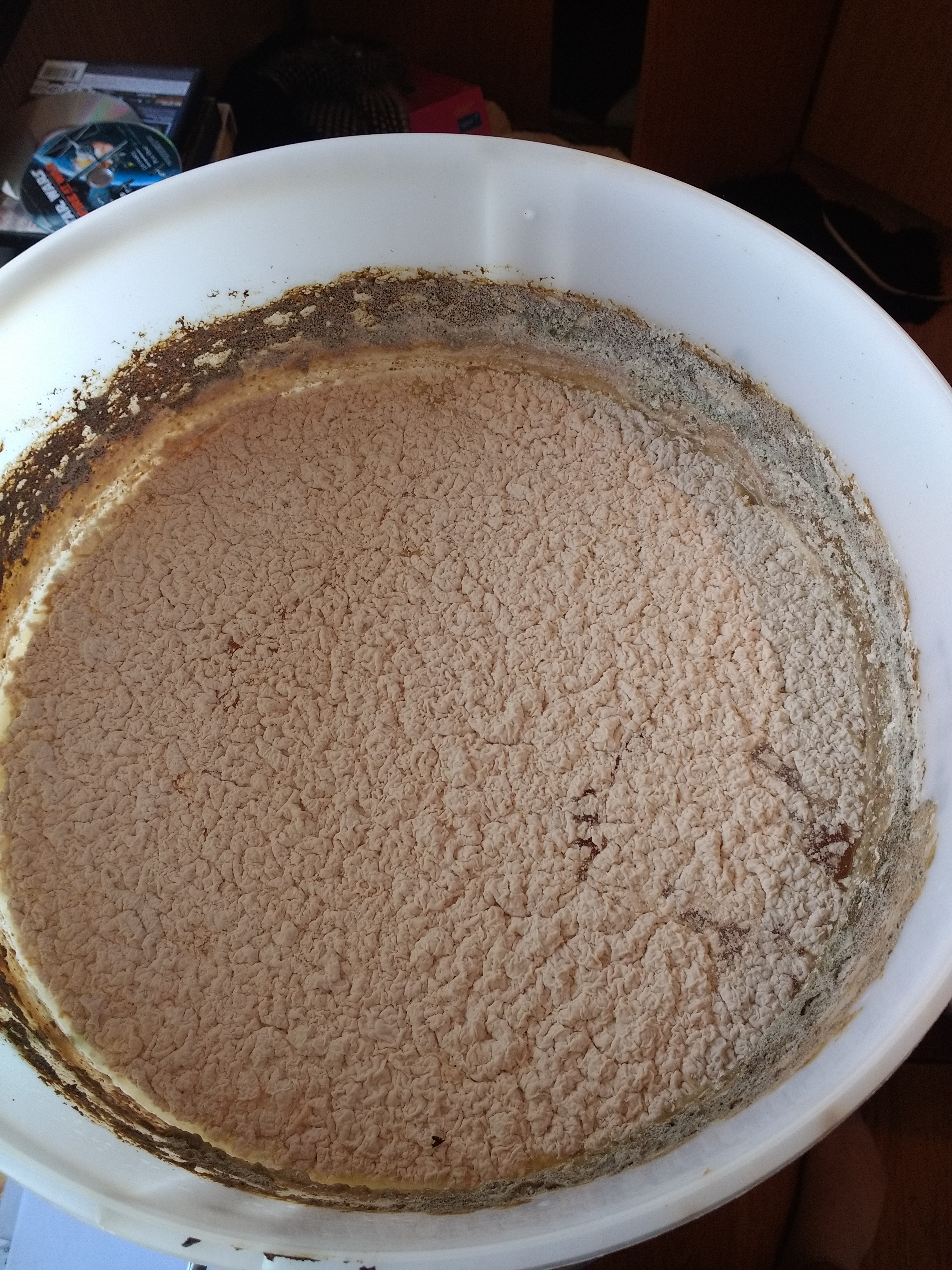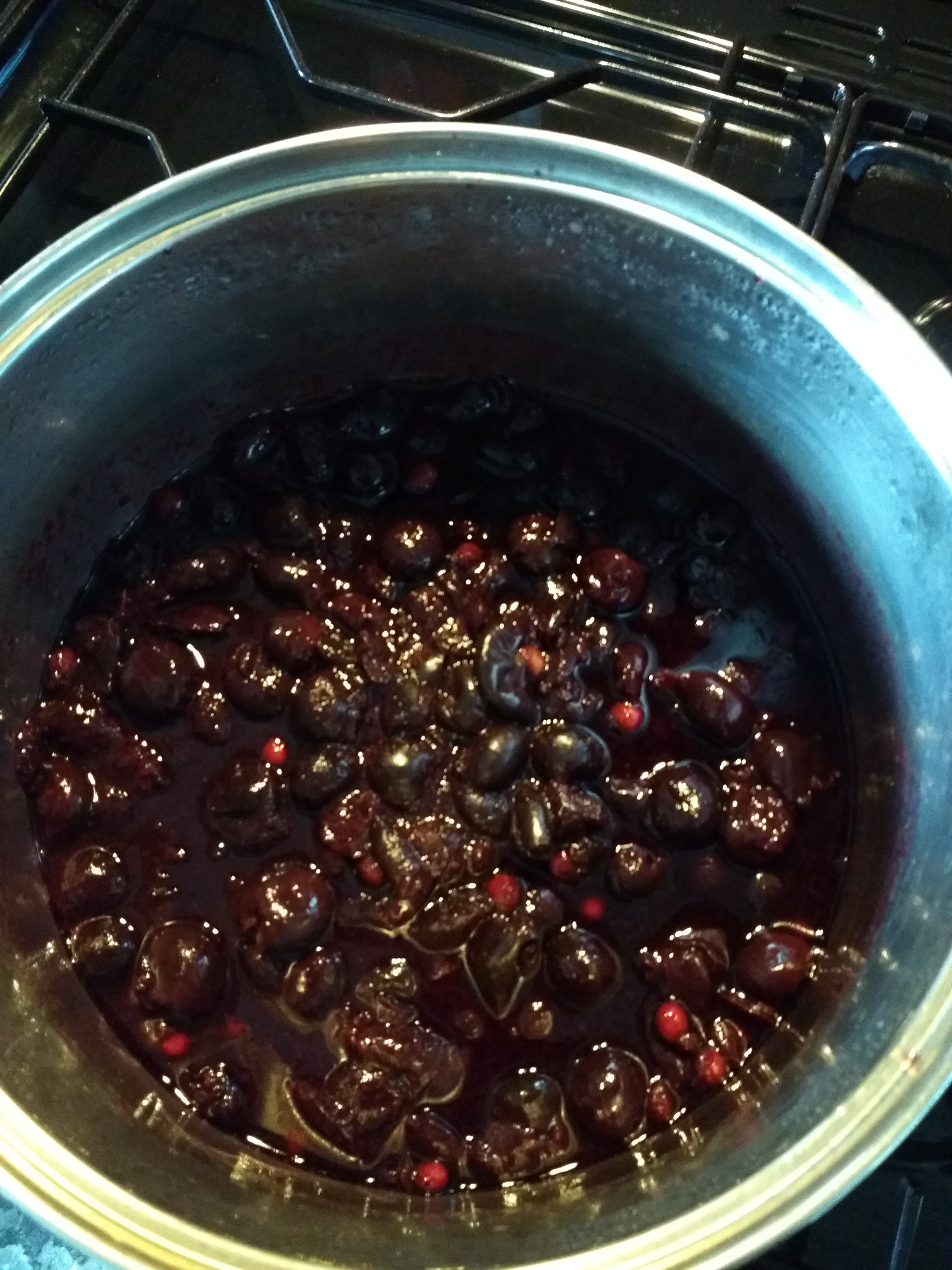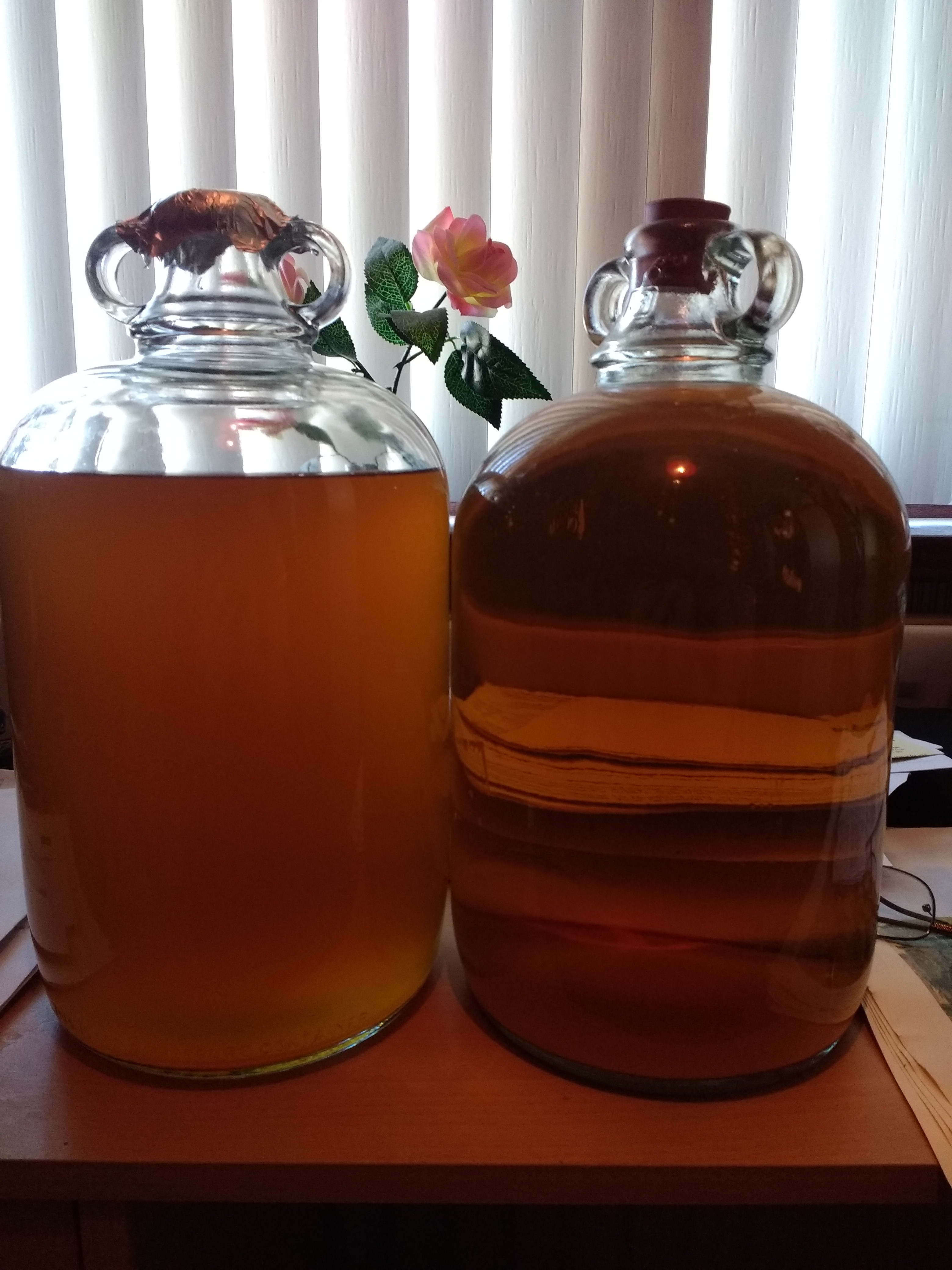strange-steve
Quantum Brewer
- Joined
- Apr 8, 2014
- Messages
- 6,027
- Reaction score
- 5,804
This is something I started in April '15, and it's currently about halfway through so I thought I'd post my progress so far.
For those who don't know, a gueuze (or geuze) is a blended lambic, typically a blend of 1, 2 & 3 year old lambics. It then undergoes secondary fermentation in the bottle, and you end up with a dry, sour, fruity, spritzy beer which is sometimes called a Belgian champagne. This is definitely not for a sour beer virgin, it's not an entry level sour, and is certainly something of an acquired taste, but it is unlike any other style and in my opinion, a good example of a gueuze is one of the finest beers in the world.
I've been lucky enough to visit the Cantillon brewery in Brussels a couple of times, who are world famous for their sour beers, and their gueuze is fantastic, so I had to have a go myself.
The plan was, once a year, for 3 years, to brew a 20L batch of lambic, age it for 1 year, bottle half for a straight lambic and keep aging the other half in demi johns. After 3 years I would have 10L each of 1, 2 and 3 year old lambics which I could then blend, bottle and age for a further year. So a beer 4 years in the making.
As of now, batch one is 28 months old and batch two is 15 months old. I'm a little behind schedule though because I haven't made batch three yet, but I'll hopefully get that done soon.
I have kept the recipe nice and simple, and apart from some very minor adjustments, all 3 batches are the same:
Recipe Specs
----------------
Batch Size (L): 20
Total Grain (kg): 5.8
Total Hops (g): 50
Original Gravity (OG): 1.070
Final Gravity (FG): 1.009
Alcohol by Volume (ABV): 8.0 %
Colour (SRM): 3.5
Bitterness (IBU): 6 (Average)
Brewhouse Efficiency (%): 79
Boil Time (Minutes): 120
Grain Bill
----------------
3.200 kg Pilsner
2.500 kg Flaked Wheat
0.100 kg Lactose
Hop Bill
----------------
50.0 g Aged Cluster Leaf @ 120 Minutes (Boil)
Notes
----------------
Mash in at 45ðc for 15 mins
15 min rest at 50ðc
45 min rest at 65ðc
30 min rest at 70ðc
Fermented at 20ðC with Wyeast 3278 - Belgian Lambic Blend
So as mentioned, half of batch one was bottled to be a straight lambic, however it is still quite (actually very!) harsh, even after more than a year in the bottle. I believe the reason is that I used too much hops. Even though the hops were a good 3 years old, stored in paper bags and so supposedly debittered, I think they imparted a lot more bitterness than expected. Bitterness and sourness don't go too well together, but hopefully a bit more aging will smooth it out.
As for batch two, rather than bottle the other half, I decided to chuck some cherries into to make a kriek. I managed to get 1.5kg of cherries for cheap, so I froze them, then pasteurised them and added them to he fv the other day. No idea how that'll turn out, or any of this to be honest, but I enjoy a bit of experimentation.
A few pics I took last week:
This is how batch two looked in the primary, before I racked to demijohns and added cherries, quite disgusting really.

This is the cherries after pasteurisation, they smelled fantastic!

This is batch one on the right and two on the left, for comparison. As you see time clears all.

For those who don't know, a gueuze (or geuze) is a blended lambic, typically a blend of 1, 2 & 3 year old lambics. It then undergoes secondary fermentation in the bottle, and you end up with a dry, sour, fruity, spritzy beer which is sometimes called a Belgian champagne. This is definitely not for a sour beer virgin, it's not an entry level sour, and is certainly something of an acquired taste, but it is unlike any other style and in my opinion, a good example of a gueuze is one of the finest beers in the world.
I've been lucky enough to visit the Cantillon brewery in Brussels a couple of times, who are world famous for their sour beers, and their gueuze is fantastic, so I had to have a go myself.
The plan was, once a year, for 3 years, to brew a 20L batch of lambic, age it for 1 year, bottle half for a straight lambic and keep aging the other half in demi johns. After 3 years I would have 10L each of 1, 2 and 3 year old lambics which I could then blend, bottle and age for a further year. So a beer 4 years in the making.
As of now, batch one is 28 months old and batch two is 15 months old. I'm a little behind schedule though because I haven't made batch three yet, but I'll hopefully get that done soon.
I have kept the recipe nice and simple, and apart from some very minor adjustments, all 3 batches are the same:
Recipe Specs
----------------
Batch Size (L): 20
Total Grain (kg): 5.8
Total Hops (g): 50
Original Gravity (OG): 1.070
Final Gravity (FG): 1.009
Alcohol by Volume (ABV): 8.0 %
Colour (SRM): 3.5
Bitterness (IBU): 6 (Average)
Brewhouse Efficiency (%): 79
Boil Time (Minutes): 120
Grain Bill
----------------
3.200 kg Pilsner
2.500 kg Flaked Wheat
0.100 kg Lactose
Hop Bill
----------------
50.0 g Aged Cluster Leaf @ 120 Minutes (Boil)
Notes
----------------
Mash in at 45ðc for 15 mins
15 min rest at 50ðc
45 min rest at 65ðc
30 min rest at 70ðc
Fermented at 20ðC with Wyeast 3278 - Belgian Lambic Blend
So as mentioned, half of batch one was bottled to be a straight lambic, however it is still quite (actually very!) harsh, even after more than a year in the bottle. I believe the reason is that I used too much hops. Even though the hops were a good 3 years old, stored in paper bags and so supposedly debittered, I think they imparted a lot more bitterness than expected. Bitterness and sourness don't go too well together, but hopefully a bit more aging will smooth it out.
As for batch two, rather than bottle the other half, I decided to chuck some cherries into to make a kriek. I managed to get 1.5kg of cherries for cheap, so I froze them, then pasteurised them and added them to he fv the other day. No idea how that'll turn out, or any of this to be honest, but I enjoy a bit of experimentation.
A few pics I took last week:
This is how batch two looked in the primary, before I racked to demijohns and added cherries, quite disgusting really.

This is the cherries after pasteurisation, they smelled fantastic!

This is batch one on the right and two on the left, for comparison. As you see time clears all.




